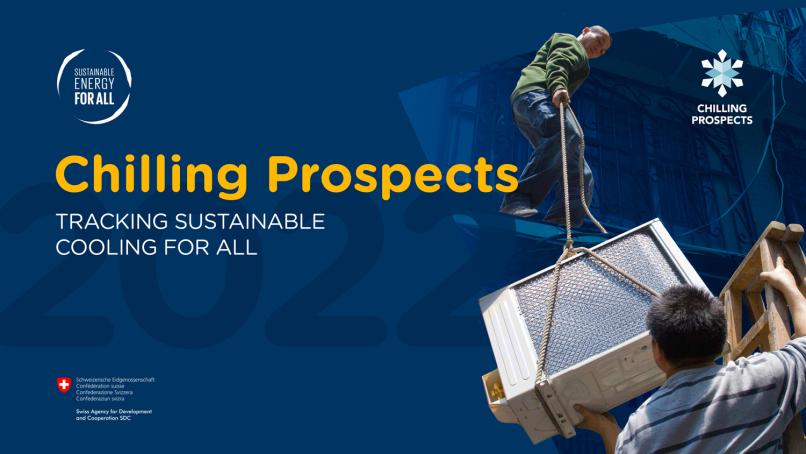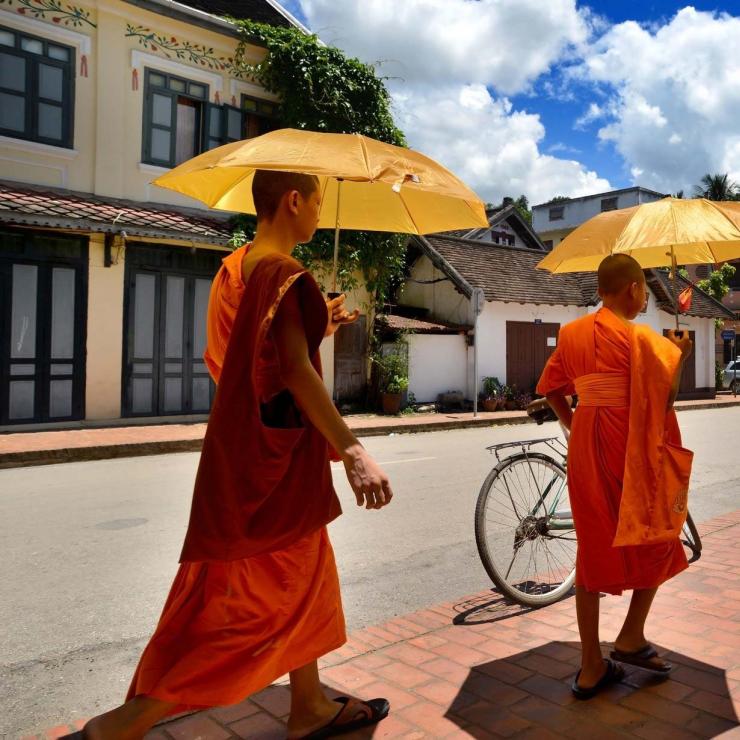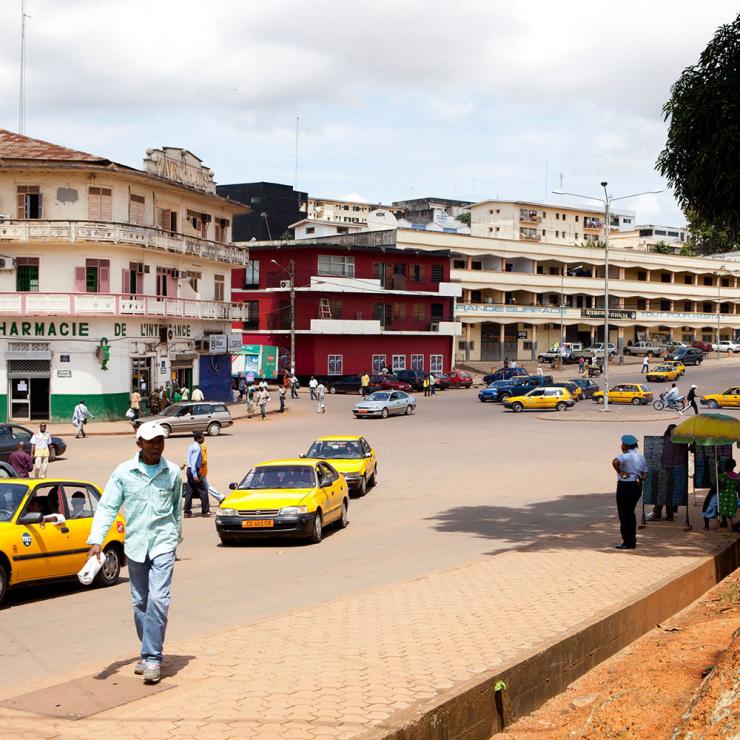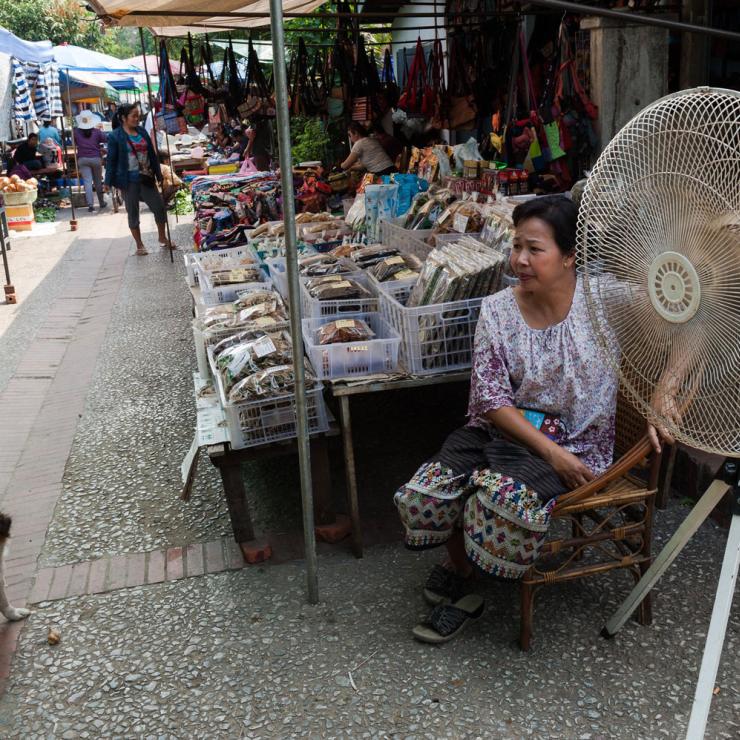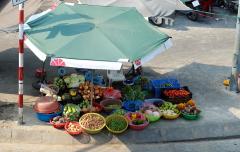Chilling Prospects: Tracking Sustainable Cooling for All 2022
Chilling Prospects 2022 assesses 76 countries with cooling access challenges and finds that 1 in 7 people globally (1.2 billion people) do not have adequate access to cooling - threatening their ability to survive extreme heat, store nutritious food, or receive a safe vaccine.
Global access to cooling gaps and 2030 forecast
In 2022, across 54 high-impact countries and high-temperature regions of 22 countries not considered high-impact, 1.2 billion rural and urban poor are at high risk because they lack access to cooling.
For the first time, Chilling Prospects forecasts access to cooling risks in 2030. It finds that current trends will leave more people at high risk at the end of the decade. Still, a pathway that delivers universal electricity access and ends extreme poverty by 2030 would reduce the number of people at high risk by 36 percent, or more than 450 million people. Explore chapter 1
-
Populations at risk in the 54 high-impact countries for access to cooling: Rural poor, Urban poor, Lower-middle-income population, Middle-income population
-
The role of other goals and commitments on sustainable cooling
|
Chilling Prospects 2022 Special: Delivering Cooling for All, SDG7 and Climate Action Published in November 2022, this analysis dives deeper into how progress towards SDG 7.2 (renewable energy) and SDG 7.3 (energy efficiency) can reduce the number of people at risk and support achieving SDG13 (climate action). |
Access to cooling needs - Data and trends
This chapter provides an update on new data across key cooling needs of food, nutrition and agriculture, health services, and human comfort and safety. It profiles sustainable cooling solutions that contribute to the SDGs.
This chapter also includes a special deep dive on cities, with a framework to measure and manage the impacts of urban heat. This includes a data deep-dive on land-use changes in the largest cities among the Critical 9 countries for access to cooling, using interactive GIS data. Explore chapter 2
Tracking the enabling environment for sustainable cooling
Delivering enhanced access to sustainable cooling solutions depends on a broad variety of enabling factors. This chapter focuses on three of them. Explore chapter 3
Reflecting on five years of the Kigali Amendment - Cooling for All partner stories
The Kigali Amendment to the Montreal Protocol offered a historic opportunity to link its implementation with the improvement of energy efficiency in active cooling technologies and to use holistic strategies to deliver on the cooling needs of vulnerable populations while reducing the overall energy demand needed for cooling.
This chapter profiles several interventions in action across the themes of Global Voices, Food, Nutrition, and Agriculture, Health Services, Human Comfort and Safety, Finance, and Regional Perspectives. Read the stories

